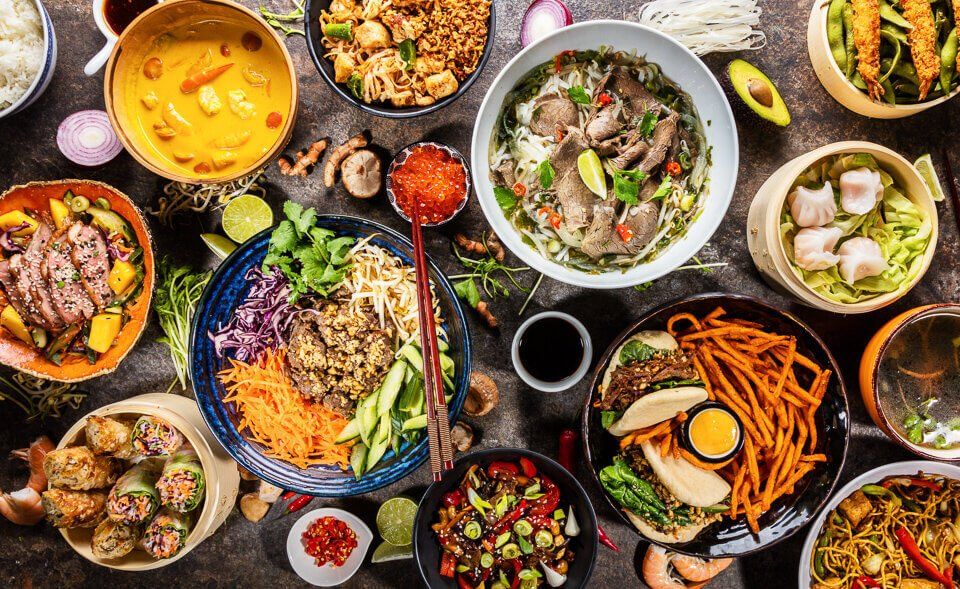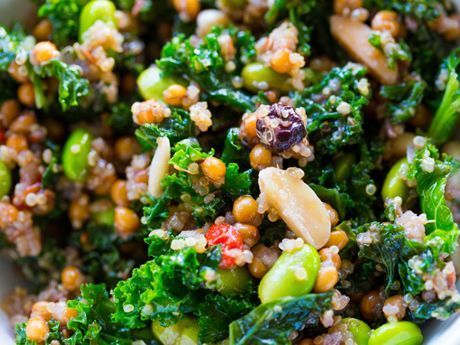Food holds a significant place in every culture around the world. It not only nourishes our bodies but also reflects our customs, history, and values. Each culture has its unique food traditions that have been passed down from generation to generation. These food traditions play a vital role in shaping a community’s identity and are often celebrated and cherished. In this article, we will explore some fascinating cultural food traditions from various parts of the world.
1. Italian Cuisine: A Combination of Simplicity and Rich Flavors
Italian cuisine is renowned for its simplicity and depth of flavors. It has a tremendously diverse range of dishes from various regions. Traditional Italian food celebrates fresh ingredients, locally sourced produce, and high-quality cheeses and olive oil. Some staple dishes include Pasta Carbonara, Margherita Pizza, and Osso Buco. The Italians have a deep-rooted connection to food, with meals being a social affair, bringing families and friends together.
2. Japanese Cuisine: A Balance of Artistry and Nutrition
Japanese cuisine is not just about the food itself, but also about the meticulous art of presentation. It is heavily influenced by Zen Buddhism, which emphasizes simplicity and harmony. Traditional Japanese meals often consist of rice, fish, and pickled vegetables, accompanied by miso soup. Sushi and sashimi are globally renowned dishes that showcase the elegance and precision in Japanese cooking.
3. Indian Cuisine: A Symphony of Spices and Flavors
Indian cuisine is a kaleidoscope of flavors, with each region having its distinctive style of cooking. Spices such as turmeric, cardamom, and cumin are the backbone of Indian dishes, lending them their vibrant colors and aromas. From the spiciness of Vindaloo to the creaminess of Butter Chicken, Indian cuisine offers a wide range of vegetarian and non-vegetarian options. Indian food is often enjoyed with various bread like naan, roti, or rice.
4. Mexican Cuisine: A Fusion of Indigenous and European Influences
Mexican cuisine is a flavorful blend of indigenous ingredients and Spanish influences. Traditional Mexican dishes feature ingredients like corn, beans, chilies, and avocados. Tacos, tortillas, and guacamole have become household names worldwide. Mexican cuisine also celebrates the art of mole, a complex sauce made from a variety of spices, nuts, and chocolate. With their rich culinary heritage, Mexicans take pride in preserving their traditional recipes.
5. Moroccan Cuisine: A Treasure Trove of Exotic Flavors
Moroccan cuisine is a true reflection of the country’s rich history and diverse influences. It combines flavors from Arab, Berber, and Mediterranean culinary traditions. Moroccan dishes often include a delicate blend of spices like cumin, turmeric, and cinnamon, giving them a unique taste. Tagine, a slow-cooked stew, is one of Morocco’s signature dishes. Mint tea, served with a generous amount of sugar, is an integral part of Moroccan hospitality.
6. Chinese Cuisine: A Culinary Art with 5,000 Years of History
Chinese cuisine boasts a history spanning over 5,000 years, making it one of the oldest culinary traditions in the world. It is characterized by balance, harmony, and respect for ingredients. China’s vast landscape has given rise to several regional styles, such as Sichuan, Cantonese, and Shanghainese. Dumplings, stir-fried dishes, and Peking duck are among the popular dishes that have gained international recognition.
7. French Cuisine: A Celebration of Elegance and Refinement
French cuisine is synonymous with elegance, refinement, and meticulous attention to detail. It is often considered the epitome of culinary artistry. French cooking techniques such as sautéing, poaching, and baking are revered worldwide. Classic French dishes like Coq au Vin, Escargot, and Bouillabaisse have become iconic symbols of French gastronomy. The French take great pride in their culinary heritage and even have a UNESCO protected list of dishes.
8. Turkish Cuisine: A Fusion of Eastern and Mediterranean Influences
Turkish cuisine is a melting pot of Eastern and Mediterranean flavors, reflecting the country’s history as a crossroad of civilizations. With its diverse range of dishes, Turkish cuisine offers an abundance of vegetarian and meat options. Kebabs, baklavas, and Turkish delight are some of the famous Turkish specialties. Turkish tea, served in tulip-shaped glasses, is a staple in Turkish hospitality.
Conclusion
Food traditions are an integral part of cultural heritage, connecting people to their roots and creating a sense of belonging. Each culture’s unique food traditions provide a glimpse into their history, values, and way of life. Exploring different cuisines allows us to appreciate the diversity of our world and savor the multitude of flavors it has to offer.










